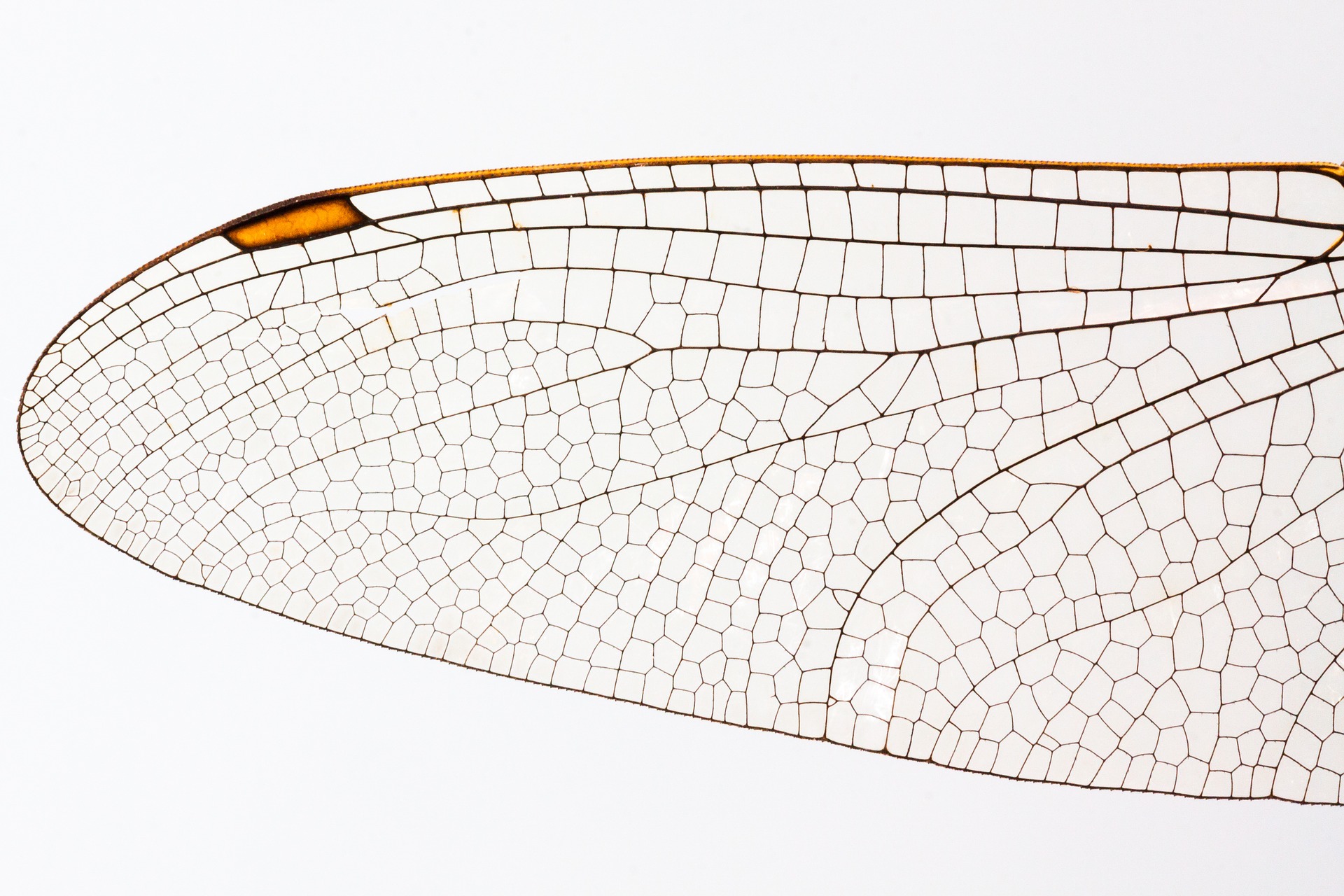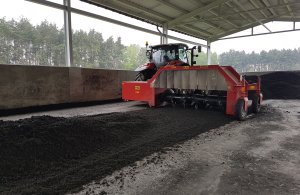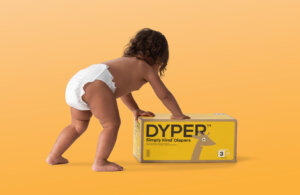Coleoptera plastic made of beetles by Aagje Hoekstra (Credit: Dezeen.com)
According to an article on Dezeen.com, Hoekstra and Crooy, both Utrecht School of Arts graduates, presented their projects at the Klokgebouw building during Dutch Design Week in 2014.
Hoekstra showed a bioplastic called Coleoptera that she produced from the pressed shells of dead darkling beetles. The shells contain a substance called chitin, also commonly found in crustaceans, which Hoekstra converted into a polymer called chitosan and then heat-pressed to create a plastic. Darkling beetles are the adult form of the mealworm, an insect larva that is often used as animal feed.
"In the Netherlands, mealworms are bred for the animal food industry," says Hoekstra. "After laying its eggs the beetle dies, so insect farms in the Netherlands are throwing away 30 kilograms of dead beetles every week. I transform these insects into bioplastic."
Besides, Evelien Crooy produced her own ink from female cochineal beetles, a cactus parasite native to South America, which is used to make the common red dye carmine. rooy used the ink to screen-print the cover of a book about the insects, which highlights how many different products contain carmine dye. Crooy experimented with mixing the natural pigment with lime and salt to produce different shades. "[You can produce] not only red, but also orange and pink ink," she explains.
Young designers transform beetles into plastic and printing ink.










